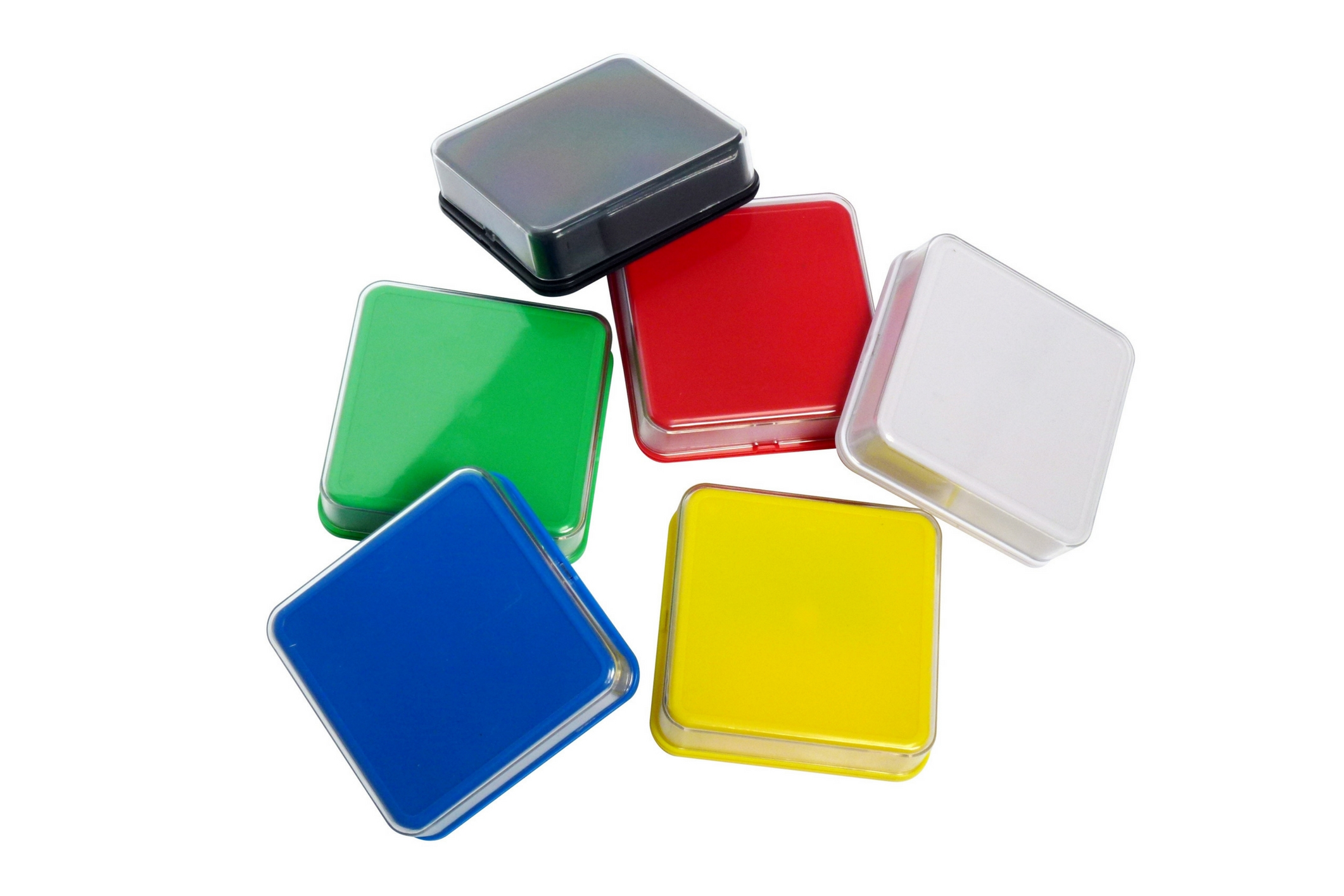BLOG


Difference between ADHD and High-energy in Kids
Children with ADHD are very energetic. However, high energy alone is not an indicator of ADHD. In fact, in some forms of ADHD, children have zero energy. For example, ADD may manifest itself in low energy and inattentiveness.
In order to qualify for the ADHD diagnosis, a child must have a chronic, pervasive problem with his or her ability to regulate activity level, along with impairment in their ability to inhibit and control impulses. This impairment of normal functioning or learning is the key to differentiating ADHD from normal activity.
How to Tell the Difference
For kids with ADHD, there might be additional impairments apart from hyperactivity that may not be as obvious. For example:
- Children with ADHD often have difficulty processing information. With the hyperactive example, it may be that the individual has trouble slowing down enough to process information accurately. This can create problems in a classroom setting where students are expected to quickly and accurately make sense of and respond to instruction.
- Children with ADHD become frustrated and overwhelmed very easily and have trouble regulating their emotions. These symptoms can interfere with social relationships, leading to a sense of isolation and lowered self-esteem.
- Children with ADHD usually struggle with executive function issues like organizing, planning, prioritizing, paying attention and remembering details. These issues can become problematic in a range of settings. Even in after-school sports, team members are expected to come prepared, remember what they were taught, and show up on time.
- Children with ADHD also tend to be less mature developmentally than their same-age peers. Thus, an 11-year-old with ADHD may think and behave more like a young child than like a rising teenager. This means that even as tees, kids with ADHD may lack the judgement they need to make smart choices about friendships, risk-taking, and potentially harmful activities.
If you’ve got an energetic child who finds it difficult to sit still, he may be displaying some of the signs of ADHD. But if the child is able to control his impulses, emotions, pay attention, and respond appropriately in school and at home, he is probably an energetic individual. While the core symptoms that define ADHD can include hyperactivity, along with impulsivity and inattention, not all kids (or adults) with ADHD will have these symptoms in the same way or to the same degree. You will certainly see changes in the way the symptoms manifest or present as an individual moves through various stages of life.
For a child with ADHD, there is much more involved than simply being active and full of energy. In case you suspect something about your child’s development, it might be a good idea to check with your pediatrician to rule out ADHD.

